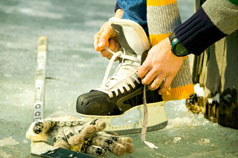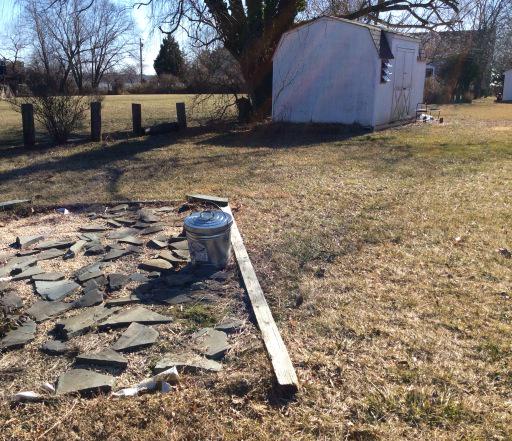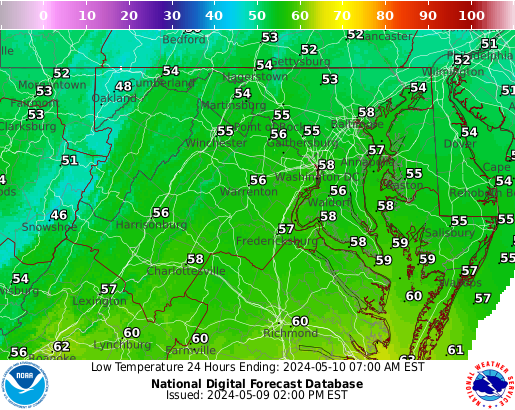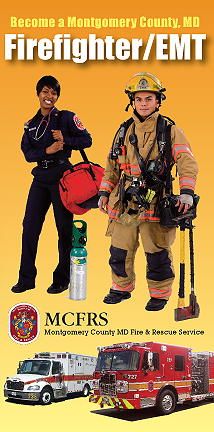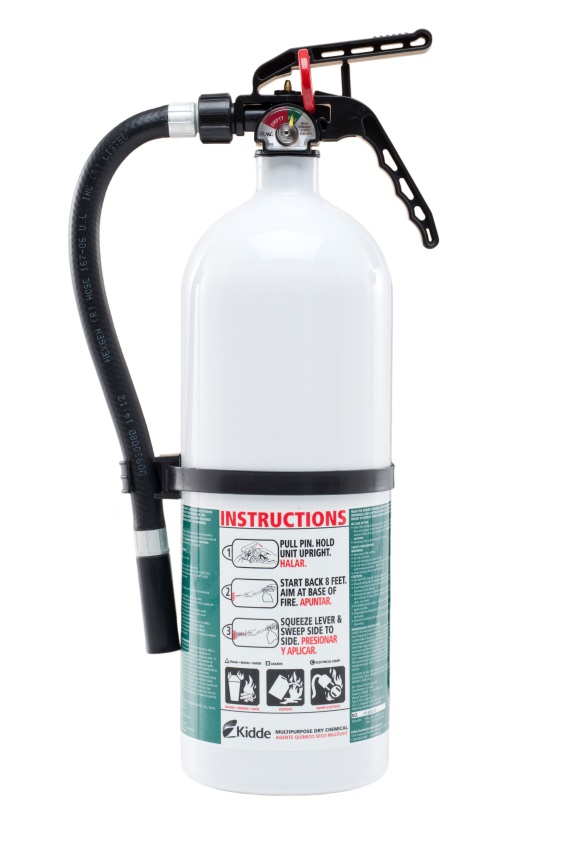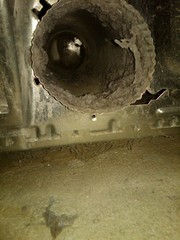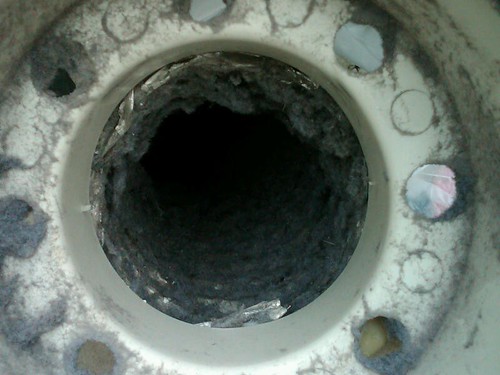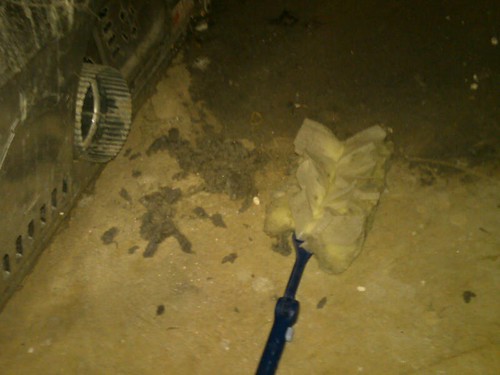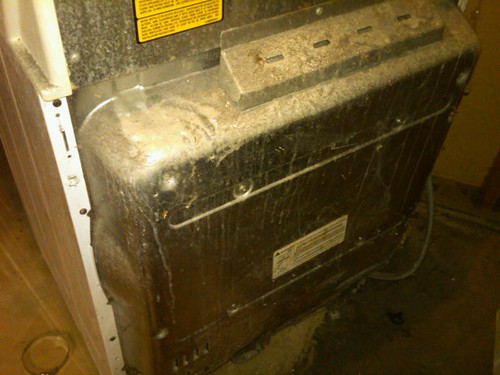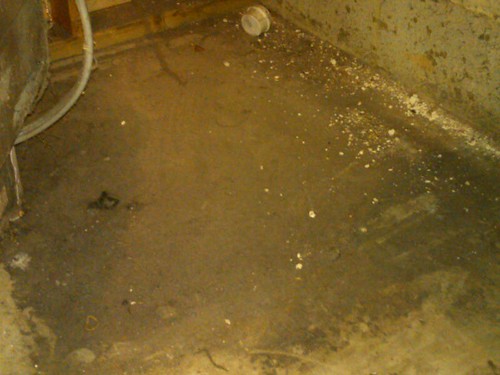On Friday, February 27 at approximately 5:30 a.m. MCFRS
Units were dispatched for a reported house fire at 17734 Norwood Road in Olney.
Firefighters from Sandy Spring Fire Station #4 were first to arrive and
reported a fire in the attic of a large single-family home.
The only occupant of the home, an adult female, was quickly
located and indicated that she was awakened to the smoke alarms sounding and
discovered moderate smoke in the house. She told Fire Investigators she
heard the sound of something cracking and at that point initiated the
911 call for assistance.
First arriving Firefighters began an aggressive interior
fire attack to extinguish the visible fire. At this point the fire had extended
throughout the attic and through the roof. Additional fire/rescue resources
were requested and dispatched to the scene which eventually escalated to a 2nd
Alarm with approximately 100 fire/rescue personnel on scene.
The bulk of the fire was brought under control quickly
although firefighters spent several hours working on extinguishing remaining
“hot spots" and overhaul. In addition, personnel dealt with cold weather
issues and frozen fire hydrants as temperatures hovered around twenty
degrees. The MCFRS Medical Ambulance Bus (MAB) was utilized on scene and
assisted with warmth & rehab for firefighters.
One firefighter did sustain a minor shoulder injury.
As well, the occupant of the home, an adult female, was transported to a
local hospital with non-life threatening injuries as a result of smoke
inhalation.
Fire Investigators arrived on scene to conduct a cause and
origin investigation. Preliminary, the fire appears to have started in
the attic over the fireplace. Investigators determined that the
cause appeared to be a compromised flue in the chimney/accidental.
Damages were estimated at $350k to the structure and $150k
to the contents.


